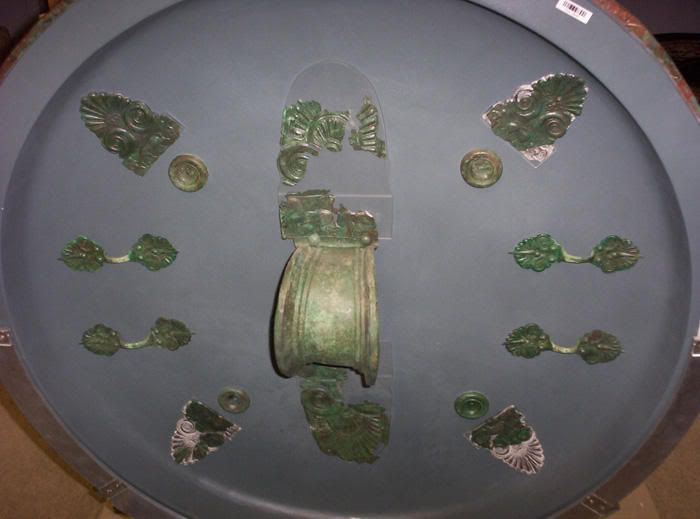


One of these state-organized activities entailed the so-called hoplitodromos – an ancient foot race probably making its debut at Olympia in 520 BC. Hoplitodromos – the Hoplite RaceĪs we discussed in the previous entry, the ephebate training started with the practice of different athletic endeavors. As for the oath in question, it was found in a preserved state on an engraved 4th century BC stele, inside the ancient Athenian deme (township) of Archarnae. This marked the starting phase of the next two years of introductory military training known as ‘ephebate’, and it mostly entailed a slew of athletic contests. It is better known as the Ephebic Oath, while the young men themselves were called the epheboi (youths) after the ceremony. I call to witness the Gods Agraulus, Hestia, Enyo, Enyalius, Ares, Athena the Warrior, Zeus, Thallo, Auxo, Hegemone, Heracles, and the boundaries of my native land, the wheat, the barley, the vines, and the trees of the olive and the fig. If any person seeks to overturn the laws, both alone and with all to help me, I will oppose him. I will obey the ruling magistrates who rule reasonably, and I will observe the established laws and whatever laws in the future may be reasonably established. I will transmit my fatherland not diminished but greater and better than before. I will fight for things sacred and things profane. I will not disgrace my sacred arms nor desert my comrade, wherever I am stationed. In the case of Athens, the oath was taken in the Temple of Aglauros, and the (preserved) text is as follows –
Hoplite shield inside full#
These adults gathered at one place after their birth records and census were cross-checked – an occasion that took place at the start of every year, which in most ancient Greek calendars was just after the passing of summer.Īnd on clearing these official requirements, they were asked to dress in the full war panoply and then utter an oath. The road to maturity for males of most Greek city-states started with military training after the passing of his 18th year (Spartans had a different military system, as discussed here). And it should be noted that as a general rule, most adult males of the Greek city-states were expected to perform military service. In essence, a hoplite was a citizen-soldier who took up arms to defend or expand the realm of his city-state. Such measures over time gave rise to the Greek hoplites, a class of warriors who were not really separate from the citizens themselves. In short, the tribe system (with ties of citizenry, not blood) was a natural evolution of the Greek society and military that required disciplined formations and trained men for protracted warfare, a factor that was rarely encountered (beyond literature) in the previous ‘heroic ages’. This arrangement possibly took roots in the 7th century as a more immediate solution for organized warfare and defense. Simply put, the state probably organized its citizens and thus able-bodied men into tribes that had a purpose both census-wise and politically – as opposed to the conventional tribe that is primarily tied by blood relations. The so-called ‘tribe’ in Greek city-states was rather a politico-military evolution, contrary to what ‘tribal’ warfare suggests. Morale more Important than Strength in Numbers ‘Tribes’ without Blood Relations.Physical Infirmity was Possibly (Mostly) Overlooked in Case of Spartan Hoplites.The Famed Helmet Crests were just for Show and Pomp.Classical Greek Hoplites Probably Favored Mobility over Armor.The Best Belonged to the Front and the Rear of a Hoplite Phalanx.


 0 kommentar(er)
0 kommentar(er)
